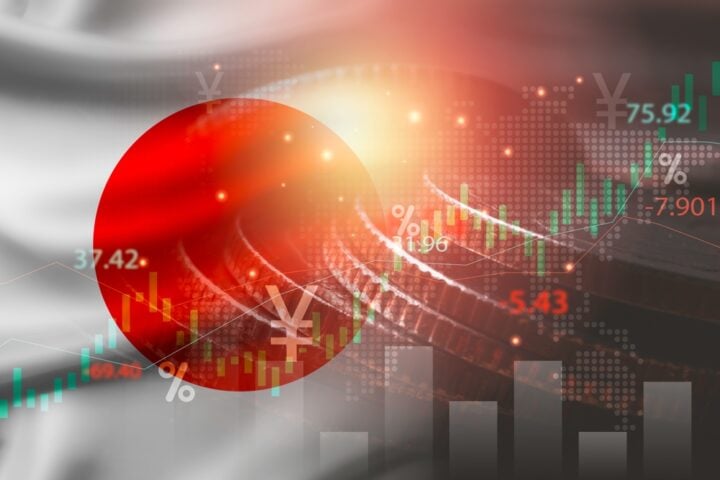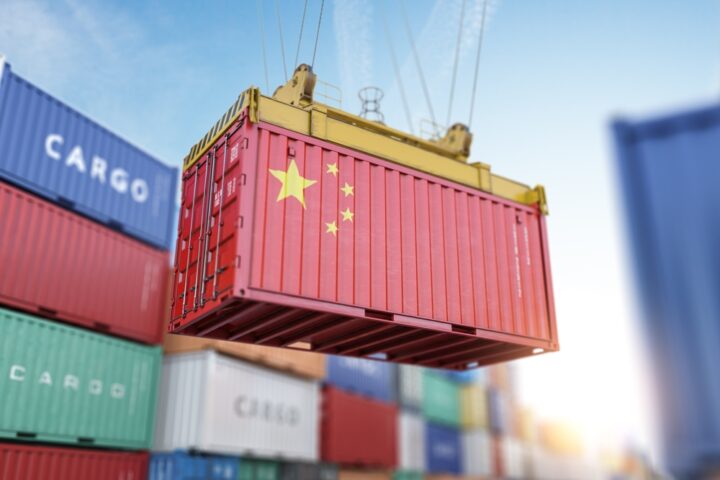In October, manufacturing activity across Asia remained largely stagnant, with only a mild boost from China’s recent economic measures. Despite Beijing’s efforts to revitalize its economy, other regional factories in countries like Japan and South Korea showed little improvement. These mixed signals come as policymakers across Asia grapple with the growing challenges of trade tensions and economic risks highlighted by recent International Monetary Fund (IMF) warnings.
A Mixed Month for Manufacturing Amid Rising Trade Worries
The recent purchasing managers’ index (PMI) surveys underscore a lackluster performance for Asia’s manufacturing sector. Japan’s manufacturing PMI fell to 49.2, reflecting a decline in domestic and international demand. The country’s PMI remains below the 50.0 growth threshold for the fourth consecutive month, marking its steepest contraction since July. Meanwhile, South Korea’s PMI lingered at 48.3, signaling a second month of decline as output dropped at the fastest pace in 16 months.
In contrast, China’s manufacturing sector displayed a hint of recovery, with the Caixin/S&P Global manufacturing PMI rising to 50.3 from 49.3 in September, marking the first expansion since April. The improvement reflects the impact of stimulus measures Beijing implemented to stabilize its economy. These efforts, though beneficial domestically, had limited influence on Asia’s overall manufacturing landscape. The IMF recently emphasized that risks to the region’s economic outlook continue to grow, driven by China’s property sector struggles and potential trade disruptions.
China’s Economic Woes Cast a Shadow Over Asia
China’s manufacturing uptick was a bright spot amid an otherwise sluggish month for Asia. The official Chinese PMI report also indicated growth, aligning with Caixin’s findings and offering hope that China’s economy might be stabilizing. However, Krishna Srinivasan, IMF’s Asia and Pacific Department director, noted the risks of deflation are rising in China, stressing the need for further reforms. “When China slows, the rest of Asia slows,” Srinivasan explained, highlighting China’s role as a crucial driver of regional economic health. According to Srinivasan, China must transition “from an investment and export-led model to a consumption-led model” to support broader regional stability.
Despite the positive PMI data, China’s struggles with its property sector continue to weigh on economic growth. The IMF has urged Beijing to implement further policies to tackle these challenges, as sustained progress in China could help shield other Asian economies from downturns.
Japan and South Korea Face Continued Contraction
Japan and South Korea’s manufacturing sectors faced headwinds in October, with Japan’s PMI declining for the fourth straight month and South Korea’s output seeing its sharpest drop in over a year. Both economies are grappling with weak domestic demand and slowing growth in key export markets, including the United States, Europe, and China.
South Korea’s PMI holding steady at 48.3 reflects an ongoing contraction driven by reduced factory output. Japan’s manufacturing sector, similarly, is experiencing a slowdown amid both domestic and external pressures. This combination of challenges highlights the vulnerability of these economies to shifts in global demand, particularly with uncertainties surrounding trade policies and inflation trends.
Varied Performance Across Southeast Asia
Elsewhere in Asia, PMI data showed diverse results. Factory activity contracted in Indonesia and Malaysia, underscoring broader regional challenges, while Taiwan and Vietnam reported growth. This varied performance underscores the fragmented nature of Asia’s economic recovery, with some countries faring better than others based on local conditions and trade dynamics. As trade fragmentation risks loom, countries in Southeast Asia remain on high alert, aware of the potential ripple effects stemming from economic fluctuations in larger economies.
Looking Ahead: Policymakers Brace for Uncertainty
As Asia’s manufacturing landscape navigates uncertain waters, regional policymakers are closely monitoring developments in China and across global markets. The IMF’s warnings about potential economic fragmentation and rising risks add to the urgency for proactive measures, particularly as tensions between the U.S. and China threaten to intensify.
China’s October manufacturing growth, though a positive indicator, underscores the limitations of national stimulus measures in sustaining a regional recovery. Policymakers across Asia must weigh the benefits of short-term gains against the need for long-term structural reforms, especially as the region’s reliance on trade faces new challenges.
Will China’s Recovery Lead Asia Out of Stagnation?
With manufacturing stagnation in much of Asia and China’s recovery still tentative, questions linger about the region’s economic trajectory. The modest gains in China’s manufacturing sector reflect some resilience, but without substantial progress in addressing systemic challenges, the path to sustained regional growth remains fraught with risks. For Asia, the road to recovery will require not only monitoring external trade dynamics but also taking steps to build a more balanced, consumption-driven growth model capable of weathering future uncertainties.







